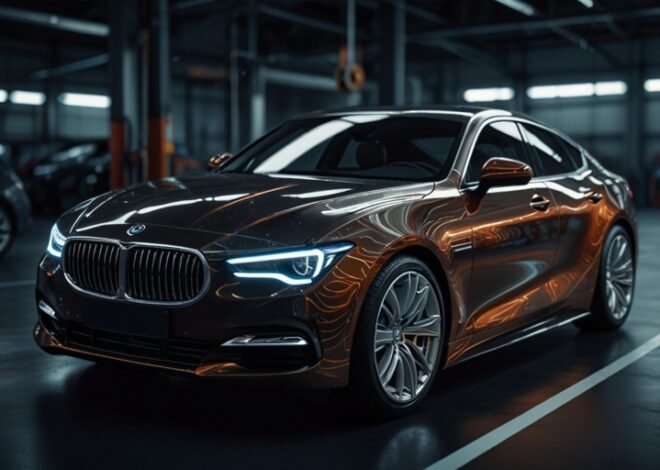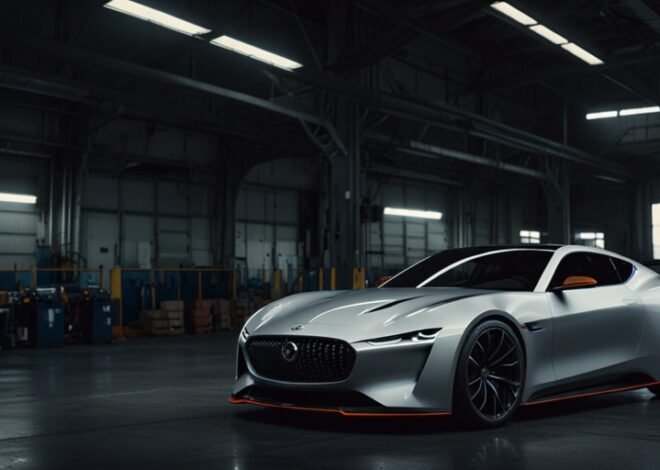
Chinese Auto Market Faces Challenges And Opportunities in 2025
As it is 2025, the Chinese automotive market, the biggest one on earth, is preparing to face a cascade of problems as well as chances. As per the statistics of the China Passenger Car Association (CPCA) received at the beginning of the year, vehicle sales in January went down disproportionally, while passenger car retail sales plummeted 12.1% when compared year-on-year to 1.79 million units. The shrinking of sales is a byproduct of the low consumers’ willingness to buy and a front-loading effect from the previous month when people were in a hurry to make purchases of cars before the end of the year for fear of retailers’ withdrawal of government subsidy programs. The slump in sales, which is equivalent to a 32% fall in comparison to December, has stirred up worries about the development of the market in the early days of the year.
Contrary to the slow start, the industry insiders are cautiously hopeful for the sales to be robust during the whole of 2025. The CPCA insists on the smooth sailing of the electric vehicle (EV) sector, and the year is supposed to bring about a sales increase. Besides, January has demonstrated the sale of new energy vehicles (NEVs), which are composed of battery-electric vehicles and plug-in hybrids. NEV sales climbed 10.5% to 744,000 units, thereby underlining the robustness and increasing trend of electric and hybrid cars in China. The delayed replacement subsidies will have a further push on this segment, hence, the expected growth in the following months is going to be massive.
Along the line, the CPCA predicts that the total volume of passenger car vehicles to be sold through retail will touch 23.4M units in 2025, thus indicating a 2% increase from 2024. More notably, the NEV retail sales are foreseen to grow by 20%, reaching 13.3 million units out of an impressive 57% of the passenger vehicle sales for the year. This prediction indeed reflects the high speed of change in the Chinese car market, which can be explained by the electric and hybrid cars that have the potential to entirely overwhelm the new car market very soon. The transformation from gas-powered vehicles to electric ones is a joint effect of the government’s policies, improving technology, and customer habits changes.
The commitment of the Chinese government to reducing carbon emissions and promoting clean energy technologies is a significant factor in the automotive sector. They have offered purchase subsidies, tax incentives, and infrastructure investments as the basis for creating a community environment that would make driving and electrical vehicle production easier. As these policies change, they are predicted to be the main drivers of innovation and investment in the electric vehicle sector, thereby strengthening China as the most dominant country in the world to produce and adopt the same.
Yet the transition to electric vehicles is not free from the obstacles. The electric car industry has to deal with some issues, like the shortage of batteries, lack of charging infrastructure, and the environmental effect of battery manufacturing and disposal. If not solved, these problems would lead to a reduction in the EV market and the welfare of it in the long run. Carmakers, as well as suppliers, are making huge investments in research and development for battery technology improvement, vehicle range increase, and also the production cost decrease.
This is the way forward when it comes to the changing world of the Chinese car market, where local brands have turned out to be a threat to well-established global players. Businesses such as BYD, NIO, and XPeng are expanding their offerings and they, too, many times become more innovative and responsive to the market needs compared with foreign rivals. The increasing competition has been the chief reason for the forward movement in vehicle technology and design. This greatly assists customers in having a wider variety of car models and more advanced features.
China’s still bright spot, especially export, is the Chinese automotive industry. In January, exports of passenger cars increased by 3% compared to the same period last year to 380,000 units as the leading export to grow. Among other export segments, the new-energy vehicles were the most dynamic, having experienced a 29.4% growth compared to the same period last year. Such a trend comes as a consequence of the overwhelming performance of the Chinese automobile sector that allows for increased global competitiveness, especially in the electric vehicle domain. Given that Chinese products are becoming more prevalent in foreign markets, it is to be expected that they will take a greater part in the shaping of the world automotive market.
The absence of a major semiconductor part on the global market is still the main point of the crisis, which has reached the point of shaping the Chinese automotive industry due to the fact that the production schedule and vehicle availability have been negatively affected. Although the problem has been alleviated since the peak of the crisis, many car-makers are still struggling with shortages of key spare parts. This predicament has forced some companies to seek collaborations with chip manufacturers or even to embark on chip production independently as a way of curbing supply chain risks in the future. The semiconductor issue has proved the crucial role of these auto parts and the necessity for a more robust supply chain in the auto industry.


